Advice
Showing 46 - 60 of 63
63 results found
This paper sets out principles for securing durability in project outcomes and impacts built round four themes: engaging the right stakeholders; building the incentives for these key actors to act; incorporating adequate diversity and flexibility in project design and implementation; and underpinning it all with a systems-thinking approach.
(An appendix to this paper reviews literature on sustainability and durability in project outcomes, coupled with scaling of impact and sustainability of projects in the face of future change.)

Strengthening community rights to manage land and resources is showing promise as an approach to deliver on biodiversity, climate change mitigation, and land degradation objectives. Clear principles and fundamental design characteristics have emerged from extensive research to guide interventions to support and establish robust governance of local “commons” – and interventions often fail when these are not followed.
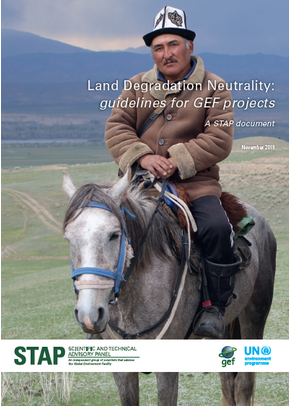
The fundamental aim of LDN is to preserve the land resource base, by ensuring no net loss of healthy and productive land, at national level. Achieving LDN requires estimating the likely cumulative impacts of land use and land management decisions, and counterbalancing anticipated losses through strategically-planned rehabilitation or restoration of degraded land, within the same land type. These guidelines offer practical help to those developing projects which contribute to Land Degradation Neutrality.
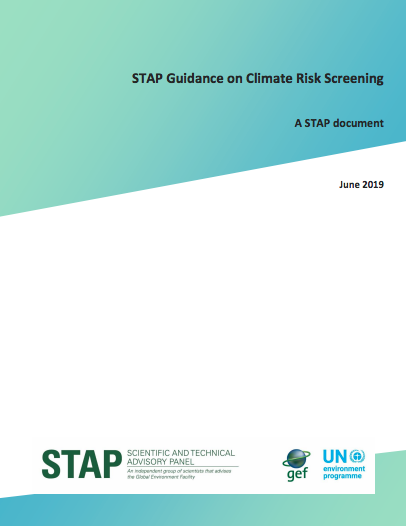
This STAP guidance proposes a common standard for climate risk screening of GEF projects based on the scientific literature and builds on earlier work undertaken over the last several years in response to the Council’s request that STAP examine the effects of climate change on GEF projects. At a minimum, each agency should use a risk screening process that includes four steps (hazard identification, assessment of vulnerability and exposure, risk classification, risk mitigation plan), ranks risks according to a clearly defined scale, and uses the best available data.

This paper reviews the GEF's experience with innovation in technology, finance, business models, policy, and institutional change, and makes recommendations on each of these, as well as on defining a risk appetite, responsibility for innovation, cultivating innovation in design, encouraging adaptive implementation, and the exchange of lessons learned.
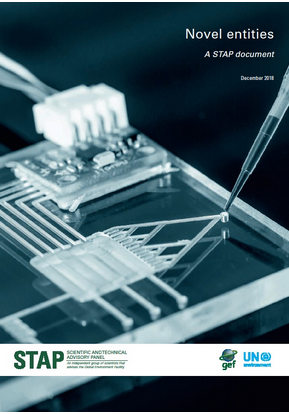
‘Novel entities,’ are defined as, “things created and introduced into the environment by human beings that could have positive or negative disruptive effects on the Earth’s system.” One of the challenges for the GEF is deciding which new technologies offer solutions that can increase global environmental benefits while minimising potential adverse impacts, how these technologies relate to its mission, in what time frame, and what strategies will capture the most benefits.
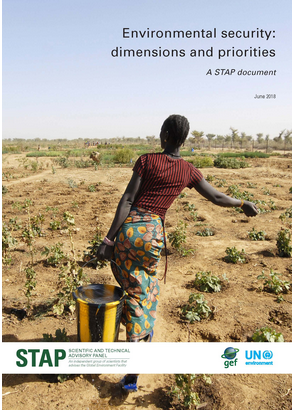
Environmental security underpins the rationale for investment in global environmental benefits, and is essential to maintain the earth's life-supporting ecosystems generating water, food, and clean air. Reducing environmental security risks also depends fundamentally on improving resource governance and social resilience to natural resource shocks and stresses. The environment is better protected in the absence of conflict and in the presence of stable, effective governance.
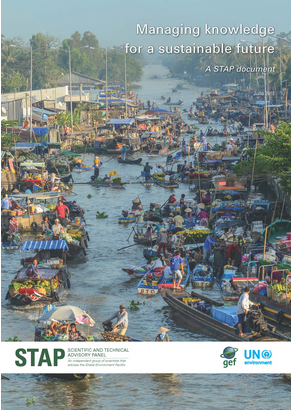
This STAP paper outlines the science of knowledge management, why knowledge management is important to the GEF, and recommends how the GEF can strengthen knowledge management.
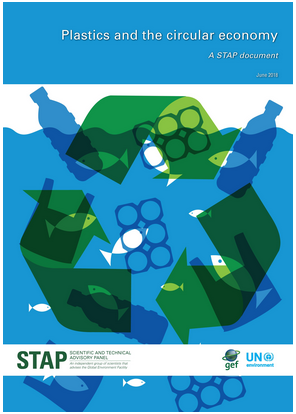
This paper analyses the role of the circular economy in solving the plastic challenge, highlighting some examples of successful circular solutions: it emphasizes that the circular economy alone will not solve the global plastic problem, and indicates that an all-encompassing solution needs to reduce demand and produce only essential plastic products. The paper concludes with advice to the GEF on its possible role in solving the global plastic pollution problem.
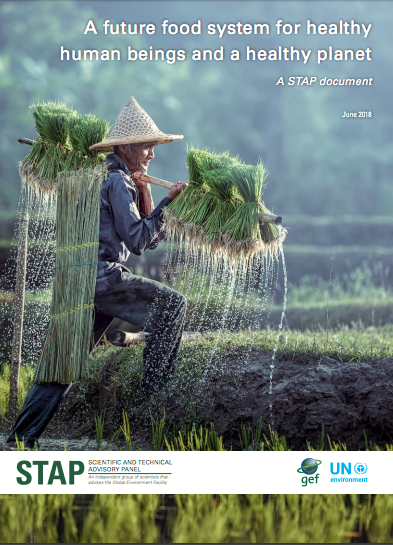
Food production will need to significantly increase in order to feed the growing global population. This paper presents solutions that can help improve the sustainability of current agri-food system in both the short and long term. It highlights the role of a circular economy approach in tackling the problem and concludes with advice to the GEF on its potential role in improving the sustainability of current agri-food sector.

This STAP paper outlines the science of integration, why integration matters to the GEF, and recommends how to improve integration in the future design of GEF projects.
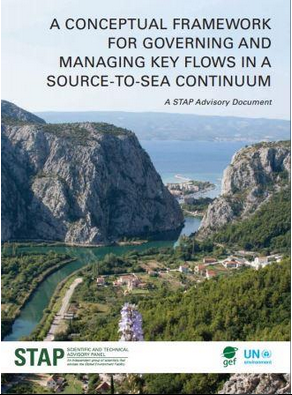
This paper reviews of GEF investments and concludes that existing governance and management arrangements could be improved to balance the often diverse and conflicting water management objectives, stakeholder priorities, and institutional arrangements of connected systems in the source-to-sea continuum. This paper presents a conceptual framework to support the design and implementation of GEF projects, addressing inter-connected upstream and downstream water systems by identifying several key flows that need to be managed across the source-to-sea continuum and geographies.
This paper synthesises the regulatory and legal frameworks of UNCLOS. It encourages the GEF to support actions that account for the diversity of ecosystem services that ABNJ provides to regulating the climate, maintaining and enhancing marine biodiversity, and supporting local livelihoods. Integrated spatial planning and other tools can help to support future actions on ABNJ while strengthening governance arrangements that can address future risks and environmental challenges not aptly covered by current laws and institutional policies.
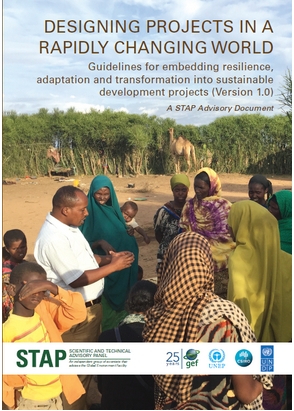
RAPTA is a tool to help project designers and planners build the ideas of resilience, adaptation and transformation into their projects from the start, to ensure outcomes that are practicable, valuable and sustainable through time and change. This paper offers practical advice to planners, project managers, policy makers, donors, farmers, researchers and other stakeholders on how to do this.
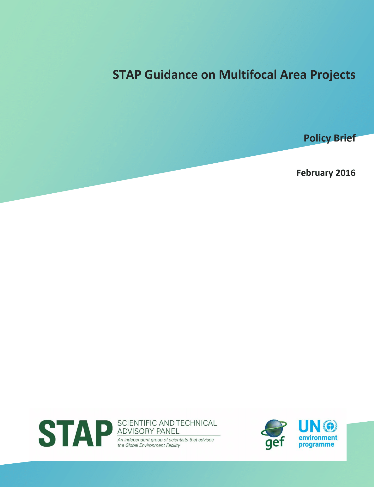
STAP developed guidelines for the design of multi-focal area projects based on the principles of resilience. These principles focus on: participation and system thinking (e.g. participation of stakeholders to gain a complete understanding of the problem and responses; slow variables that monitor the interactions between social and ecological dynamics); system structure (e.g. the connectivity of the various elements in a system); experimentation and learning (e.g. encourage experimentation and learning for the purposes of adaptive management, monitoring and iteration).
Showing 46 - 60 of 63




